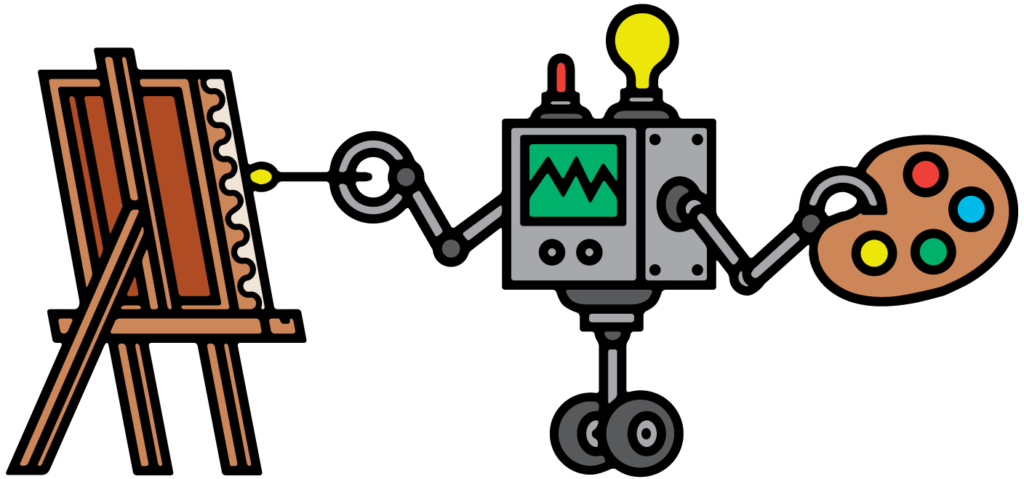Make no predictions
In a world where the only certainty is uncertainty, distributed organizations must plan for a future without making concrete predictions about what that future might look like, or how they are going to get there.
Strategy planning should allow for multiple scenarios. Creativity Managers who nurture diversity, empower teams to explore scenarios and present multiple solutions to reach the organizational goals.
Update the workplace
The work environment has a considerable impact on creativity. Creating a workspace that doesn’t feel like work, but imitates life outside of the office, can inspire employees and play a big role in the innovation of new products and services. The more space, colour and flexibility you introduce in the workplace, the more likely your creative workers are to feel stimulated and motivated to succeed.
Some companies spend millions of dollars on reinventing their office spaces. You don’t have to go crazy, but there are some fundamental design elements that will go a long way to making your team feel at home:
Open and transparent: Open spaces create a unified experience and support a transparent culture. Too large a space and you might create the feel of a call centre – loud, noisy and difficult to concentrate. To eradicate this issue, incorporate closed off areas for your workers to think, meditate or meet.
Make work colourful: Colour affects your mood and has an impact on behaviour. Get your team involved in decisions on colour schemes and space rearrangement, and allow them to add their personal touches.
Change constraints
So many constraints to deal with on a daily basis – clock in/clock out, sit at your desk, eat lunch at 1pm, catch the train at 5.30pm. Why does everything have to fit into a neat little box? Actually it doesn’t. What if you gave your employees the freedom to work from where they want? Take unlimited vacation time, or spend a couple of a days a month working on another team?
Every work environment has to have some constraints. In fact, esearch shows that creative workers like constraints. The objective of a good Creativity Manager is to encourage experimentation and workplace flexibility; to identify and introduce good constraints, and get rid of the ones that do nothing for productivity and innovation.
Creativity Managers set team guidelines that take into consideration the ‘why’, ‘what’ and ‘how’: Why do we need constraints? What will our team benefit from these constraints? How will it help us reach our higher purpose?
Open Boundaries
The more freedom you allow your employees, the more likely they are to adopt a learning mindset. Good Creativity Managers believe in the value of knowledge sharing, networking and collaboration. Those that fear openness will end up repressing creativity. When organizations open up boundaries, they enjoy an inflow of great ideas.
Creative workers should be allowed to network with like-minded people and organizations, attend cross company conferences and create open innovation networks, sharing ideas and practices. This is a great way to grow a transparent culture, where employees are not afraid to listen, learn and share knowledge. Of course, when we open boundaries, we also have to set constraints to protect product innovation.
Ultimately when we do away with traditional boundaries, we open up opportunities for creativity and entrepreneurship in teams. When we nurture diversity, we create teams that can provide us with multiple scenarios for the future. Through regular feedback and letting our workers invent their own role, we feed enthusiasm and give them a sense of purpose. And when we give them regular time to experiment and collaborate, we spark innovation.
Who will you let create the future of your organization?




